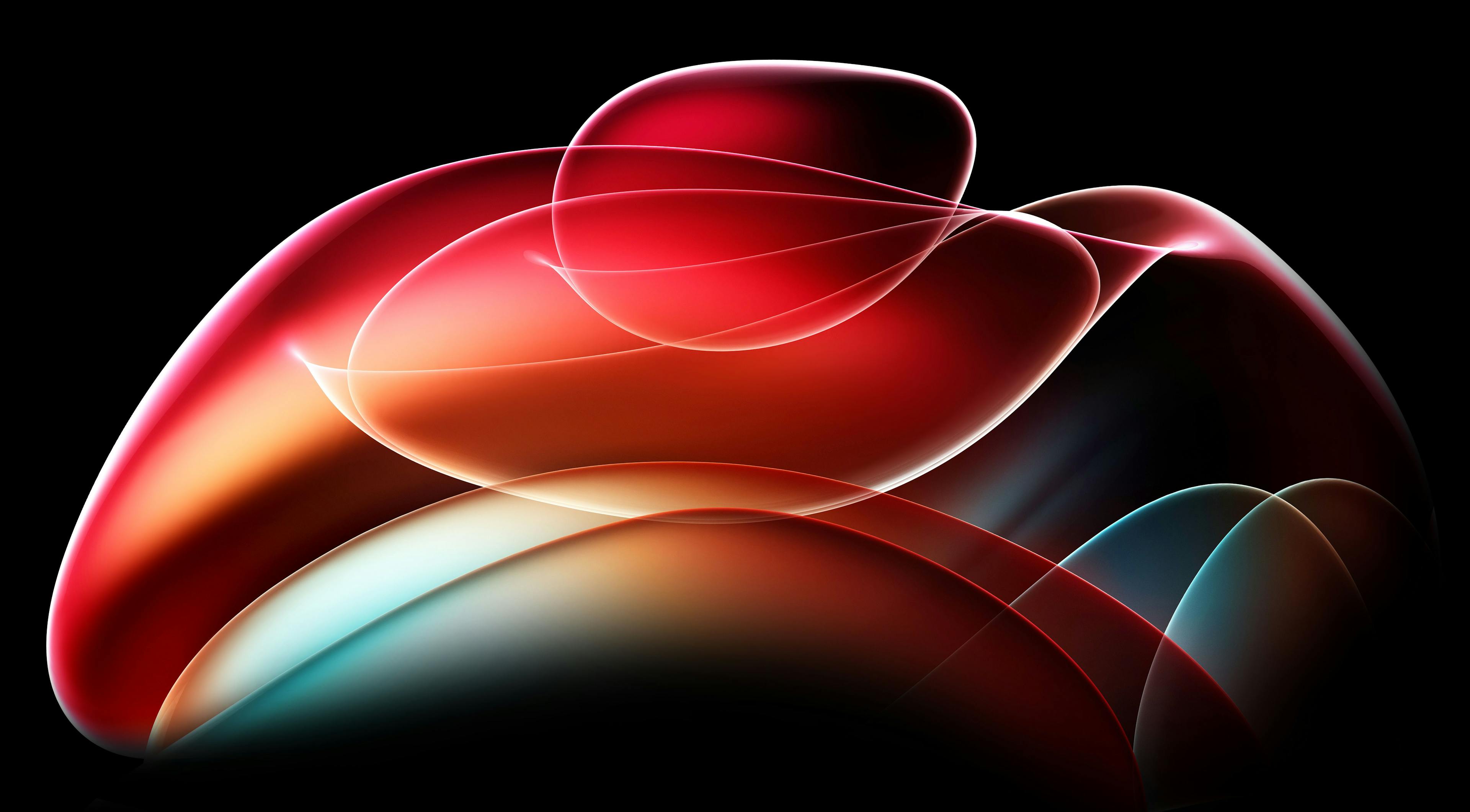The Future of Instrumentation and Columns in Liquid Chromatography
With the introduction of ultrahigh pressure and performance instrumentation and sub-2-μm superficially porous particles (SPPs), a gigantic leap in separation performance was achieved starting approximately 20 years ago. Although smaller advances have been made in the past decades, the question remains whether further extending operating pressure and decreasing particle size remains a feasible approach, or whether drastically novel approaches are required.
Whereas LCGC celebrates its 40th anniversary this year, my career in chromatography only started approximately 15–16 years ago. However, it was an exciting time for chromatography when I began my career because it was when a significant leap in separation performance was achieved. Not only was the first ultrahigh-pressure liquid chromatography (UHPLC) instrument launched, but the new generation of superficially porous particles (SPPs) that contained a loading capacity similar to that of fully porous particles was introduced. Together with the first sub-2-μm particle columns, these innovation paved the way for up to five times faster separations (constant efficiency) and a more than doubling of the efficiency (constant analysis time) in a fully optimized setup. At the same time, monolithic columns were still a hot topic, and it seemed the technology was only one generation away from competing with or even outperforming packed bed columns. In the following decades, further improvements in instrumentation, through reduction of extra-column dispersion and further increases in maximum instrument operating pressure and column supports (wider selection of particle and pore sizes, column dimensions, to name a few) were made. However, these later innovations provided only smaller incremental increases in separation performance.
With the use of small-particle columns operating at high pressure, the downsides also came to light quickly. Because sub-2-μm particles have a higher optimal flow rate, they are often packed in a 2.1-mm i.d. column format to avoid excessive solvent use. In addition, they are usually shorter (5–10 cm) than the traditional 15–25 cm column packed with 3–5 μm particles. This drastically reduced the volume of these columns, making the overall separation performance strongly affected by the instrument’s contribution to dispersion (extracolumn dispersion) (1). As a result, not only were older generation high performance liquid chromatography (HPLC) instruments with large-volume UV cells, preheaters, and tubing not compatible with these columns, but even the newer generation UHPLC instruments required further fine tuning to fully capture the benefits of these efficient, but low-volume columns. In addition, with the high flow rate and pressure drop over the column, the mechanical energy introduced in the liquid during compression in the pump is dissipated in the form of heat in the mobile phase. The resulting temperature profiles in the column not only deteriorate the separation performance, but are also a nuisance when transferring HPLC methods to UHPLC columns and instruments because of the effects of temperature on retention and selectivity. To counter these heating effects, further decreasing the column diameter would be a straightforward solution. However, this would bring us back to the previously mentioned problem of extracolumn band broadening. In addition, it is often observed that separation performance of 1-mm i.d. columns is rather poor, which was linked to apparent inherent wall effects that are most pronounced for these column dimensions (2). Although there is ongoing innovation in the field of monolithic columns, this seems to be limited to research laboratories or the capillary column format (3). Traditional column formats (2.1–4.6 mm i.d.) still seem to be “one generation” away from competing with packed-bed columns.
All the above raises the question: In what direction is chromatography going? Indeed, “Quo Vadis Chromatography?” was the well-chosen title of the opening lecture by Professor Gert Desmet at the 2022 HPLC symposium in San Diego, California (4). It would appear that to make a leap in separation performance similar to what was achieved 15–20 years ago, a drastic change in column technology would be required. It is no surprise that the advances in three-dimensional (3D) printing technology have attracted a lot of attention in the field of separation science. The advantages of this technique are that not only does it allow chromatographers to obtain perfectly ordered structures (reduced minimum plate height), but it also makes it possible to design open monolithic structures that require much lower operating pressure and allow the use of longer columns, higher flow rates, or both. Unfortunately, current printing technology either lacks the resolution to print the sub-μm features that are optimal for highly efficient analytical separations, or require excessively long printing times to obtain a reasonable column volume (3,5). Figure 1 shows an example of a 3D-printed column using two-photon polymerization. This technique achieves the required sub-μm resolution; however, achieving the required sub-μm resolution comes at the cost of long printing times, even for capillary scale columns (5). The upcoming decade will show if advances in this technique can make it feasible for use in UHPLC, although the limited size of the LC market and its reluctance to adopt drastically new technology might not be a sufficient incentive for developers of 3D-printing technology to focus on this area of study. Nevertheless, lithographic techniques that can design perfectly ordered two-dimensional (2D) or two-and-a-half-dimensional (2.5D) structures (that is, the so-called micro pillar array columns) have already found their way into the LC market, albeit limited to the capillary and nano-LC scales (3,5).
FIGURE 1: Example of a 3D printed tetrahadron skeleton model type bed made using two-photon polymerization, showing a close-up of a specified region.

Besides column technology, advances in instrument technology still allow room for further improvements to be made in separation performance. A further increase in operating pressure might seem like a straightforward method, but there are several caveats. First, any increase in operating pressure can only by fully exploited with a concurrent decrease in particle size, which requires changes in column hardware, such as inlet frits, and overcoming issues related to column blockage. Second, the previously mentioned effects of viscous heating would become excessive and require new column support materials with a high thermal conductivity to obtain reasonable temperature profiles in the column. As an alternative, recent years have seen a tremendous increase in the development of easy-to-use multidimensional instrumentation. Whereas the technique makes it possible to bypass the need for very high efficiency to separate compounds with very limited selectivity, the requirement to couple two different separation systems comes with its own challenges such as solvent incompatibility, sample breakthrough, and matching chromatographic conditions in both dimensions. The development of easy-to-use and more universal interfaces that allow easy coupling of strongly different separation systems in a wide range of conditions will be required to implement this technique as routinely traditional one-dimensional LC (1D-LC).
To conclude, there are still many possible paths for further increasing separation performance in LC, which is still far from a mature technique, despite some occasional whispers in the corridors. Nevertheless, many of the traditional avenues (particle size and operating pressure) to improve efficiency or decrease analysis time seem to have reached a critical point where a more drastic redesign is required or a technological revolution (3D printing, highly conductive particles, to name a couple) is needed. Therefore, I am looking forward to the developments during the next 15 years of my career in chromatography, and the next 40 years of LCGC magazine!
References
(1) D.R. Stoll and K. Broeckhoven, LCGC North Am. 39, 159–166 (2021).
(2) F. Gritti and M.F. Wahab, LCGC North Am. 36, 82–98 (2018).
(3) K. Broeckhoven and G. Desmet, Anal. Chem. 93, 257–272 (2021). https://doi.org/10.1021/acs.analchem.0c04466
(4) G. Desmet, “Technological (R)evolutions in Column Making: Quo Vadis Chromatography?”, paper presented at the 50th International Symposium and Exposition on High Performance Liquid Phase Separations and Related Techniques (HPLC 2022), San Diego, California, 2022.
(5) K. Broeckhoven, S. Eeltink, W. De Malsche, F. Matheuse, G. Desmet, and D. Cabooter, LCGC North Am. 36, 9–17 (2018).
Ken Broeckhoven is an associate professor in the Department of Chemical Engineering at the Vrije Universiteit Brussel, in Brussels, Belgium. Direct correspondence to: ken.broeckhoven@vub.be


Extracting Estrogenic Hormones Using Rotating Disk and Modified Clays
April 14th 2025University of Caldas and University of Chile researchers extracted estrogenic hormones from wastewater samples using rotating disk sorption extraction. After extraction, the concentrated analytes were measured using liquid chromatography coupled with photodiode array detection (HPLC-PDA).






















